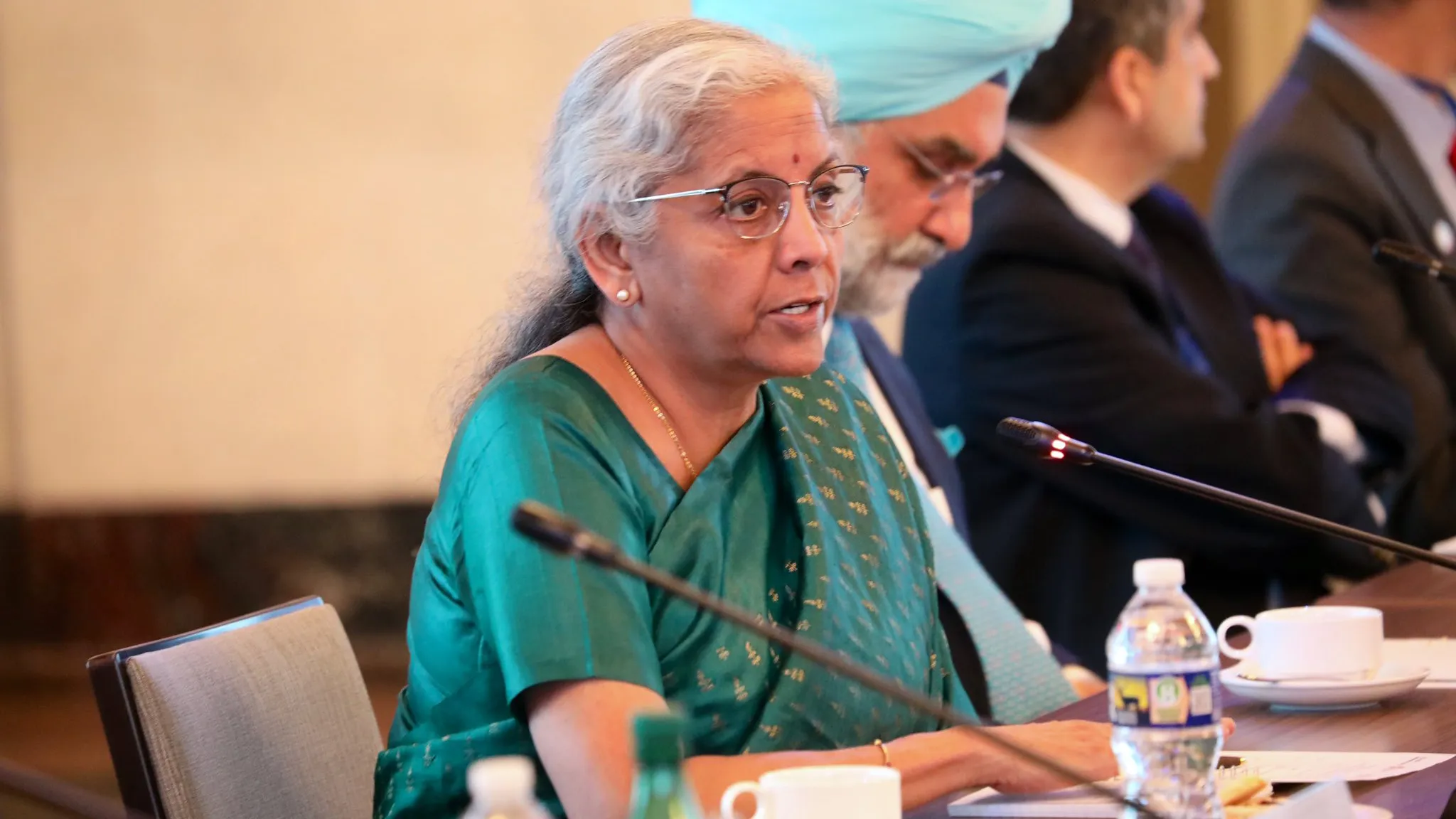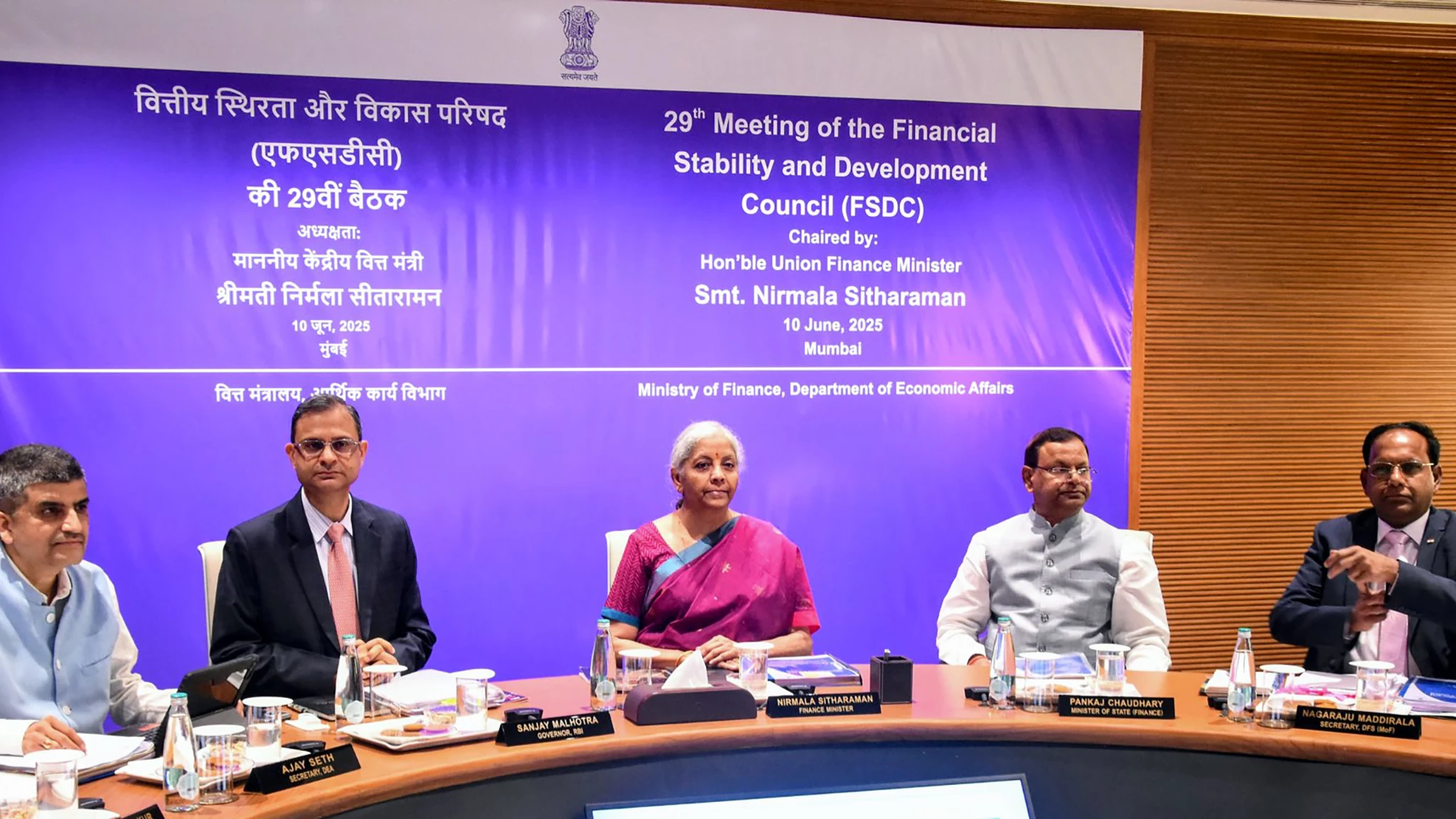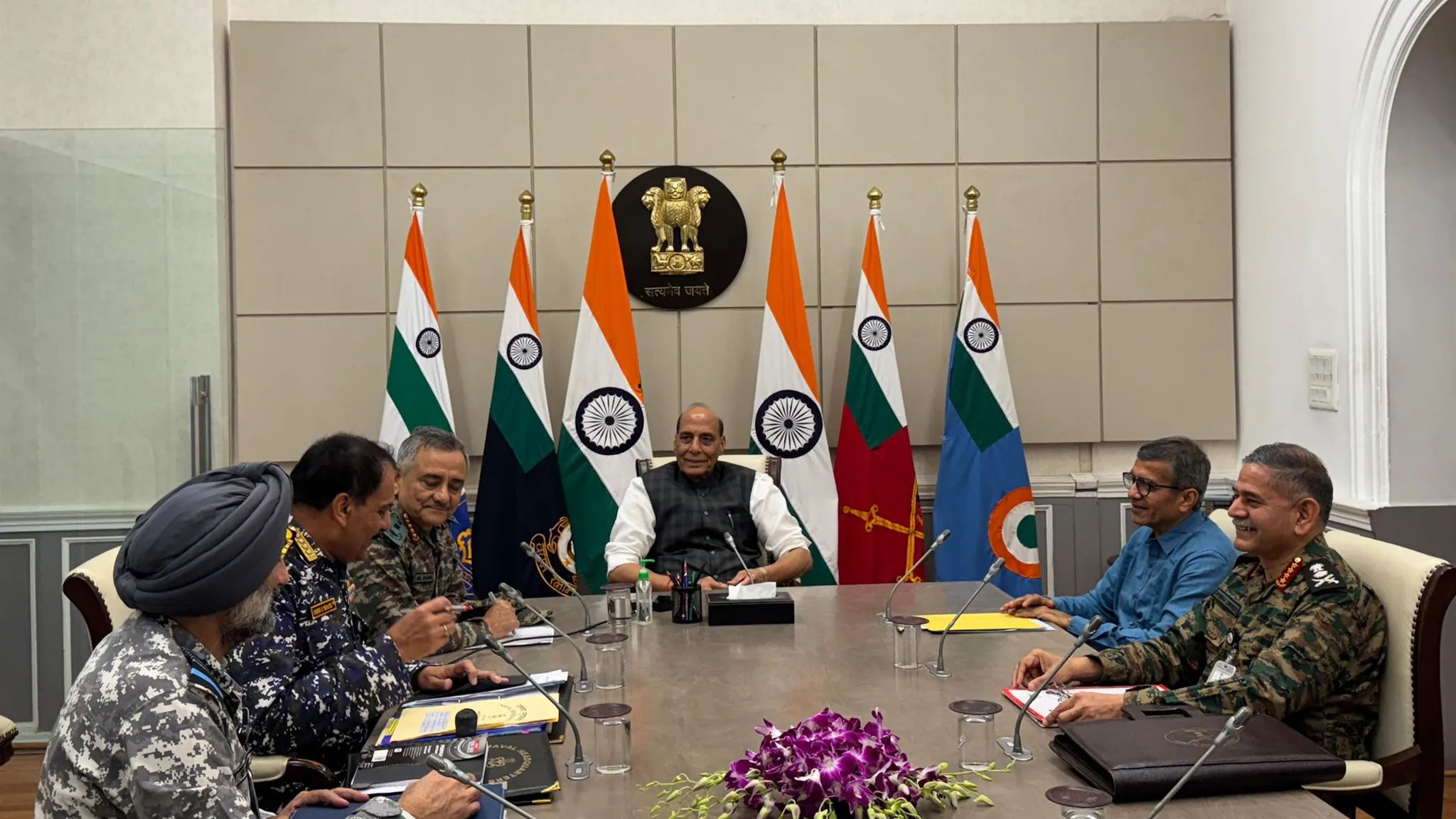The Indian equity market is proving surprisingly robust, challenging expectations even as US President Donald Trump previously heightened tariff tensions with trading partners. While the harsher reciprocal tariffs were later paused, the initial 10 percent base tariff remained. Despite this global uncertainty, India’s Nifty and BSE Sensex have shown remarkable resilience. As of noon today, they were the only major indices in the green since the tariff announcements in early April, posting gains of 3.4 percent and 3.6 percent respectively in local currency terms. This performance outpaces not just emerging market peers but also benchmarks like the Dow Jones, S&P 500, and FTSE 100.
Investors might find this sharp contrast puzzling. Trump’s tariffs aimed to curb imports from various countries, including India in certain sectors. However, the turnaround in Indian benchmarks and, crucially, declining outflows from Foreign Institutional Investors, suggest optimism is taking hold on the Street.
India’s Domestic Strength
So, what shifted the tide for India? The 90-day pause on US tariffs offered welcome breathing room and potential for trade negotiations. US Vice-President J D Vance’s current visit to India, including discussions with Indian leaders, is seen as a step towards collaborations in energy, defence, and technology. India is pushing for lower duties on sectors like auto parts and textiles while offering concessions on some US farm goods. India also seems favourably positioned on tariff magnitudes compared to some other nations; Google is reportedly considering shifting Pixel production to India, facing a lower proposed levy here than in Vietnam. Smart, decisive policy could indeed boost India’s export share.
Compared to this relative stability, US investors face worries about inflation, elevated interest rates, and a weaker dollar. Meanwhile, policy uncertainty appears to be eroding US credibility and weighing down its financial markets. Global investors are reducing their US exposure, contributing to bond market volatility and falling equities.
Navigating Global Headwinds
India’s case for investment appears stronger. The country seems reasonably protected from the full brunt of the US tariff impact. A significant advantage is its dynamic domestic economy, supported by public capital expenditure and consumption. A report by international investment firm Sanford Bernstein suggests the worst for FII outflows and rupee volatility is past, with inflation tamer and interest rates benign. There are, of course, still risks from a visible slowdown in government capex and moderating urban consumption.
Adding to India’s strategic positioning, Finance Minister Nirmala Sitharaman is currently in the US, meeting senior executives and investors. Her engagements in San Francisco focus on fostering bilateral cooperation in technology, AI, energy, and digital infrastructure. She is highlighting India’s strong AI capabilities and discussing investment collaborations, promoting initiatives like Make in India and Digital India. These discussions underscore India’s active role in navigating the global technology scene.
The current FY2025 results season and accompanying management commentary will provide crucial insights into how global tariffs and domestic challenges might impact valuations. Indian benchmarks have clawed back losses but remain about 8 percent shy of their September 52-week high.
The market’s recent momentum, including five straight days of gains that added roughly ₹32 lakh crore to investor wealth, reflects this positive sentiment. The Nifty 50 closing above 24,000 is seen as bullish, with potential targets around 24,800 to 25,000. A stock-specific approach focusing on technically strong shares might be the way forward during this period.
While the IMF warns of increasing strain on the global financial system due to trade wars and hidden vulnerabilities like less-regulated nonbank lenders, India’s combination of a potentially favourable trade position, resilient domestic economy, and proactive engagement on the global stage seems to be offering a degree of insulation, at least for now. Whether this insulation holds will likely depend on the depth of global turbulence and India’s continued strategic moves.
Image Courtesy: X (Ministry of Finance)










Leave a Reply